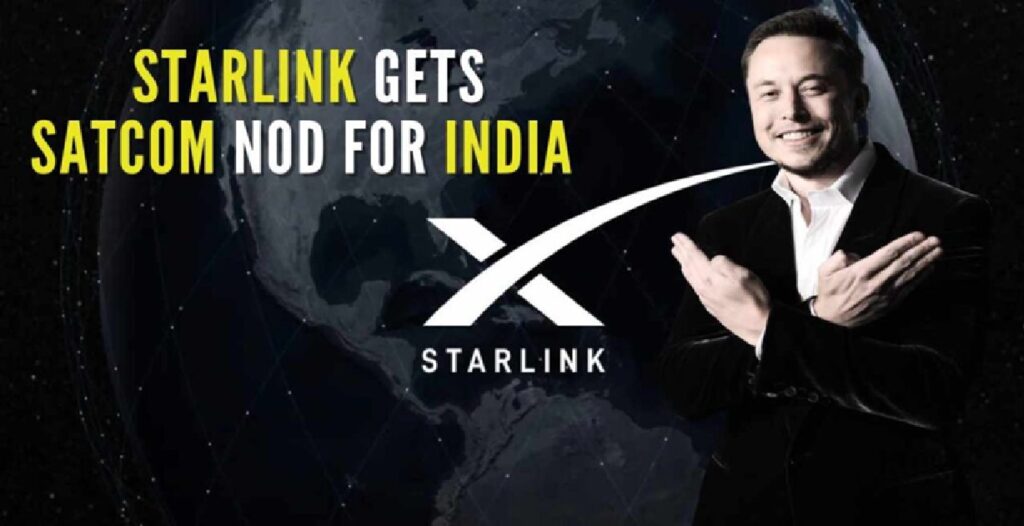Author: Akshay Published Date: June 8, 2025
Starlink Approved in India: A New Era for Satellite Internet
In a landmark move for India’s internet ecosystem, Elon Musk’s Starlink has officially received a license from the Department of Telecommunications (DoT) to operate in the country. This approval positions Starlink as the third player in India’s satellite broadband space, following Reliance Jio’s JioSpaceFiber and Bharti Group’s OneWeb.
The entry of Starlink marks a significant moment for India’s digital infrastructure, particularly in remote and underserved regions.
What the License Means for Starlink
The Global Mobile Personal Communication by Satellite (GMPCS) license granted by the DoT allows Starlink to offer its satellite-based internet services across India. This decision comes after more than two years of anticipation and regulatory delays, during which the Indian government had raised concerns over spectrum allocation and national security.
Now cleared, Starlink can begin the groundwork to deploy its satellite broadband services to Indian consumers.
Competition Heats Up in the Satellite Internet Space
Starlink now joins a competitive landscape alongside JioSpaceFiber and OneWeb, both of which are already advancing in the Indian market. Jio recently demonstrated its satellite internet service capabilities at the India Mobile Congress, while OneWeb has been building momentum in collaboration with ISRO and Bharti Airtel.
Unlike its rivals, Starlink directly connects consumers to its low-earth orbit (LEO) satellite network using compact satellite dishes, offering high-speed, low-latency broadband in places where fiber or 4G penetration is limited or impossible.
Rural Connectivity and Digital Inclusion
Starlink’s model is particularly well-suited for rural and remote areas, where traditional infrastructure often fails. This aligns closely with the Indian government’s Digital India mission, which aims to bridge the digital divide and bring reliable internet access to every corner of the country.
The potential benefits include improved access to:
- Telemedicine and online healthcare
- E-learning for students in remote villages
- Digital financial services and banking
- E-commerce and employment opportunities
Challenges Ahead
While the license is a major milestone, challenges remain. Pricing and affordability will be key concerns, as Starlink’s services, though reliable, have been expensive in other countries. The company will need to localize its pricing model to be viable in a price-sensitive market like India.
Moreover, coordination with Indian regulators and ISPs will be crucial to ensure seamless spectrum management and operational compliance.
What’s Next?
With regulatory approval secured, Starlink is expected to ramp up operations in India quickly. The company will now focus on setting up infrastructure, finalizing local partnerships, and beginning pilot deployments in select regions before a wider rollout.
Elon Musk is also reportedly planning a visit to India in the near future, during which more details about Starlink’s commercial plans may be unveiled.
Starlink’s arrival in India is more than just a business expansion—it’s a technological leap toward universal internet access. As the demand for high-speed, reliable connectivity grows, especially in Tier 2 and rural areas, satellite internet could be the game-changer.
With three major players now in the arena, India’s satellite broadband race is officially on—and consumers are poised to be the biggest winners.
